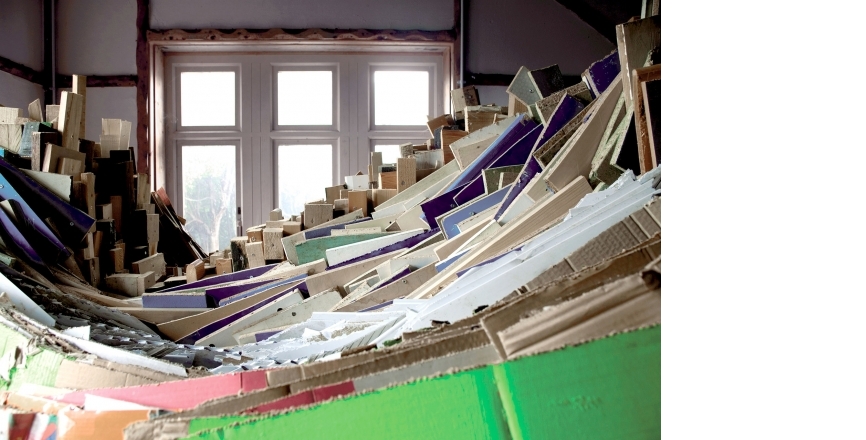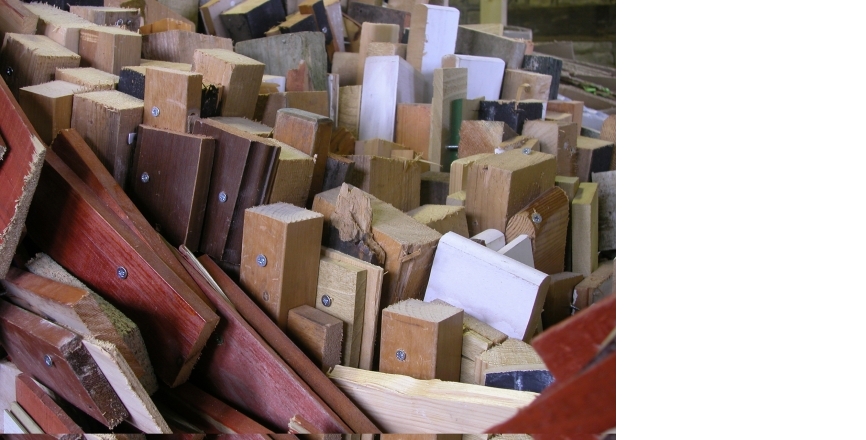Shapeshift 2006
This artwork takes the geology of the Jurassic coast – 185 million years of the earth’s history – as it’s starting point. To create this sculpture, visual artist Abigail Reynolds worked with two scientists; Sam Gibbs, a micropalentologist from Southampton Oceanography Centre, and mathematician Bjorn Stanstede from the University of Surrey. Together with a small group from the local community they considered the landscape around Durlston Country Park.
The title of the artwork, ShapeShift; landscape in motion, reflects the premise of the project that the landscape is essentially fragile and unstable, shaped by a range of environmental factors changing over the millennia, and that it is now shifting more rapidly. Our traditional sense of the landscape as more powerful than human influence has undergone a reversal with the widespread acceptance of anthropogenic climate change.
The focus of our enquiry are the microfossils left by marine and freshwater plankton species and microscopic sea-floor species; markers of huge climate changes, which comprise the limestones and shales along the local coastline. Over millions of years we can track how different species have responded to the changing climate as they come into being, evolve and become extinct. Their microfossils are part of the macro-shape of the coastline, and are amongst the factors that determine which rocks are hard and will resist erosion, which will collapse into bays and valleys.
The consideration of shapes on different scales as meaningful markers in the landscape is key to the work. This large-scale sculpture is built from locally sourced recycled materials, much of it from the castle itself which is currently undergoing refurbishment. This decision puts the changing relationship between homosapiens and the natural environment at centre-stage, asking us all to reflect on the impact we make on the environment, now and in the future.


